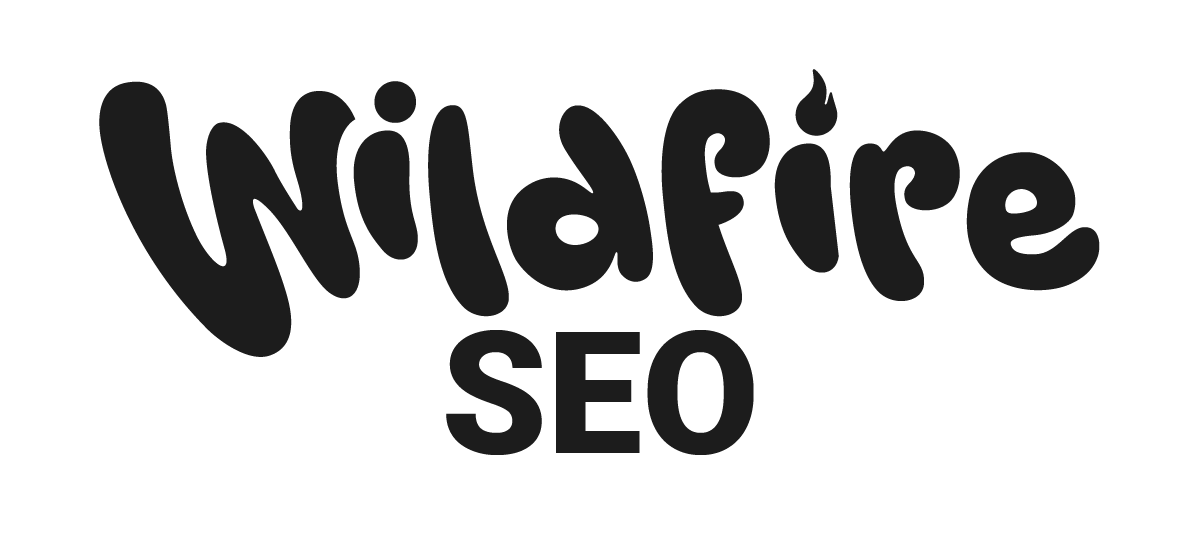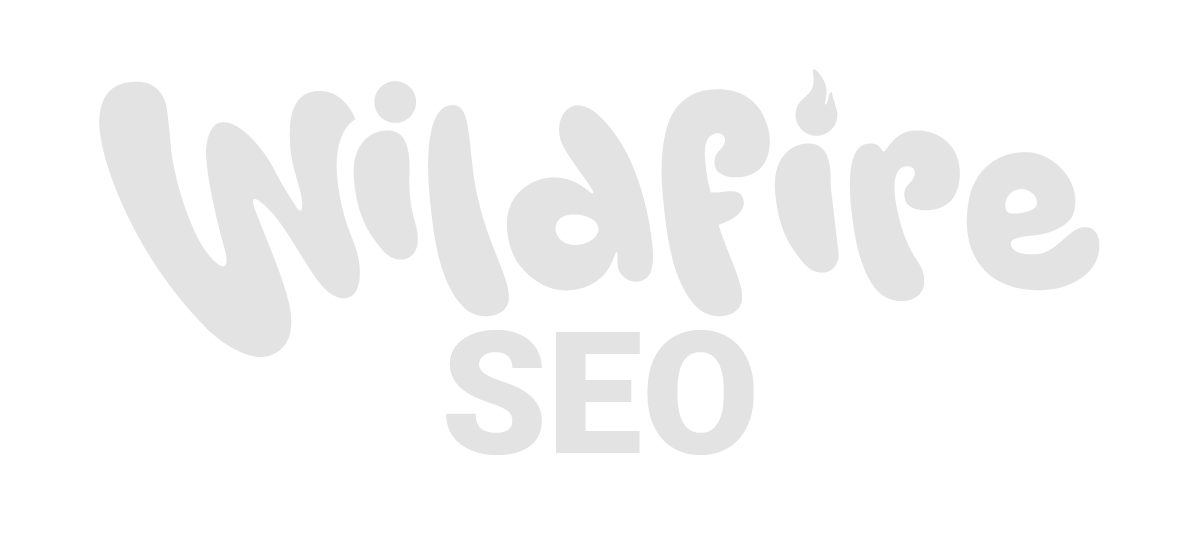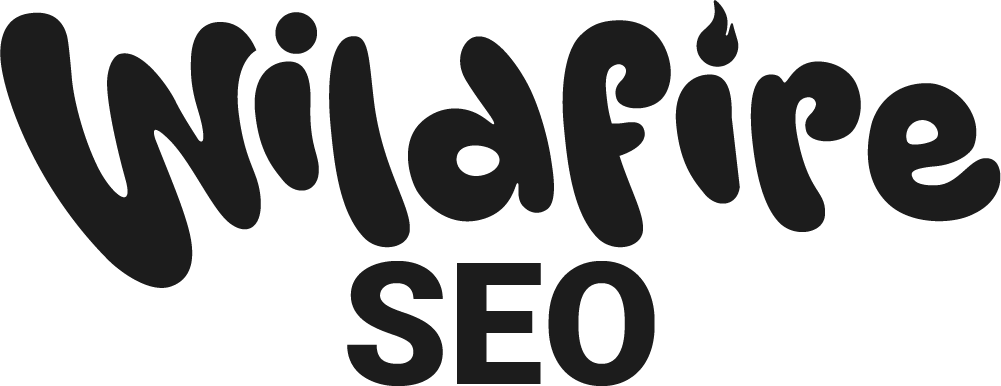
SEO of a Company: Align Your Content with Search Intent
The ultimate goal for the SEO of a company is not merely high keyword rankings, but securing measurable business growth. This necessitates a fundamental focus on search intent, the underlying why behind a user’s query. This deep alignment is the single most motivating factor for any modern content initiative, driving genuine relevance, powerful engagement, and ultimately, commercial success. Embracing this user-centric perspective is the non-negotiable step to securing and maintaining authority in a competitive digital landscape.
This strategic shift ensures that every piece of content published serves a precise commercial purpose, moving the business beyond vanity metrics and into a realm of sustainable, predictable growth.
The Unshakeable Link Between Intent and E-E-A-T
Google’s evolving guidelines, particularly the emphasis on E-E-A-T (Experience, Expertise, Authoritativeness, and Trustworthiness), are intrinsically linked to meeting user intent. When content precisely and reliably answers a user’s question or solves their immediate problem, it intrinsically demonstrates these high-quality attributes. Expert analysis highlights that if a page fails to satisfy the user’s core motivation, for instance, serving up a generic educational piece for a search that signals readiness to purchase, it undermines its perceived authority and trustworthiness.
By focusing on intent, your business naturally creates the kind of helpful, people-first content that search engines are designed to prioritise. Industry commentary supports that this approach establishes your business as an authoritative source in its niche, earning the favourable behavioural metrics that solidify a strong position in the search results. This strategic pivot from targeting simple keyword volume to delivering true user value is essential for strengthening the SEO of a company.
Intent as the Engine
Ignoring the user’s true motivation behind a search query is a primary cause of high bounce rates and low conversion figures across the web. The most recent data on user behaviour confirms that when a content asset aligns perfectly with search intent, a powerful series of positive outcomes unfolds. This focus ensures that the efforts for the SEO of a company are always concentrated on generating commercial value.
By providing the specific format and information a user seeks, your content earns favourable feedback signals from both the user and the search algorithms. The focus shifts from merely attracting traffic to attracting the right kind of traffic, visitors who are ready to engage, compare, or purchase. This immediate satisfaction of a need results in measurable improvements across key user experience indicators, which search engines interpret as signals of quality and relevance.
- Higher Click-Through Rate (CTR): Titles and descriptions that clearly reflect user intent stand out in search results, increasing the percentage of users who click on your link.
- Lower Bounce Rate: Visitors who land on a page that immediately addresses their need are far less likely to return to the search results page.
- Increased Time on Page and Engagement: Content designed to satisfy a specific intent (e.g., a detailed guide for a ‘How-to’ query) encourages users to consume more information and explore related pages.
- Stronger Conversion Rates: Traffic is highly qualified, as users have been filtered by their motivation, making them more likely to take the desired transactional action.
Ultimately, these positive user signals are interpreted by search engines as a vote of confidence, leading to improved rankings. Websites that successfully optimise for search intent often see bounce rates drop significantly, with some reports indicating a reduction of between 10 to 30%. Furthermore, businesses that strategically implement intent-based optimisation strategies frequently report an increase in high-quality organic traffic, sometimes seeing figures rise by 25-50% within a matter of months.
This shift from chasing high-volume, generic keywords to targeting high-intent, qualified users is crucial for securing a competitive advantage. It ensures that every resource invested in content development directly contributes to the business’s bottom line, thereby reinforcing the stability and growth of the SEO of a company.
Mapping Content to the Customer Journey
A successful strategy for the SEO of a company requires content assets to be meticulously mapped to the four core types of search intent that correspond directly to the customer journey: Informational, Navigational, Commercial Investigative, and Transactional. Case studies involving local service providers, for example, demonstrate that users often start with a broad, educational query before quickly moving to a high-intent, transactional search.
This cohesive content strategy that anticipates and guides users through this progression is a clear path to capturing qualified leads at the moment of decision. Every piece of content, therefore, must be intentionally created to meet one of these four motivations to be considered valuable to the user and the search engine.
Structural Clarity
The integration of generative AI into search results elevates the importance of intent and content structure. AI models are highly likely to cite and summarise content that is clear, authoritative, structured, and semantically precise. This means content must be structured to be easily parsed, using clean headings and modular formats that directly mirror natural language queries.
The new frontier of search, often referred to as ‘answer engine optimisation,’ encourages content creators to rethink how their information is presented. Content is no longer evaluated as a monolithic page but as a collection of structured, extractable answers. Success in this environment requires consciously aligning your content structure with the four universal categories of intent that govern user behaviour.
- Informational (Know): Content must offer comprehensive, in-depth answers, such as detailed guides and educational articles.
- Navigational (Website): Content should provide direct, clear pathways to specific resources, such as service pages or contact information.
- Commercial Investigative (Compare): Content needs structured comparisons, side-by-side reviews, and detailed analysis to help the user evaluate options.
- Transactional (Do): Content must facilitate immediate action, featuring clear pricing, simple forms, and persuasive Calls to Action.
This new landscape means that visibility is increasingly about being the trusted source cited in an AI-generated answer. Clarity, precision, and structural integrity are now paramount for ensuring your content is selected by these new search technologies. Expert analysis stresses that the move toward ‘answer engine optimisation’ requires a renewed focus on user intent and structural best practices.
By clearly segmenting and structuring your content according to these four intents, you make it easier for both human users and advanced search algorithms to identify and utilise your information. This systematic approach is critical for the long-term success and growth of the SEO of a company, ensuring that the business remains visible and credible in the age of generative search.
Wildfire SEO: Specialists in What We Do
Mastering search intent is how you future-proof your digital presence and ensure the continued, sustainable growth of the SEO of a company. It represents a strategic shift toward creating content that not only achieves high rankings but also demonstrably moves the needle for your business objectives.
This intent-driven methodology is the only way to build the robust SEO of a company required to thrive in the era of E-E-A-T and generative AI. Businesses that prioritise this deep understanding of user motivation will become the authoritative sources in their fields, guaranteeing long-term visibility and commercial success.
Wildfire SEO is a leading agency focused on strategically enhancing your website’s visibility and accelerating lead generation. Our expertise encompasses a full spectrum of services, including both On-Page SEO, where we optimise elements like content, meta tags, and internal linking for high-value traffic, and Off-Page SEO, which is dedicated to boosting your search engine rankings and online reach to convert customers. We employ data-driven methods through extensive Competitor & Keyword Research and comprehensive Market Analysis of industry trends and audience behaviour. Furthermore, we offer Pay Per Click Optimisation to maximise ROI and drive targeted traffic efficiently, and specialised Lead Creation services, focusing on valuable content and optimised calls-to-action to effectively expand your customer base.
If you are looking to audit your current content strategy and implement a robust, intent-driven framework that demonstrably boosts conversions and aligns with modern E-E-A-T principles, we are here to help. Our team at Wildfire SEO specialises in developing sophisticated, people-first content strategies that transform organic traffic into tangible business results. Contact us today to discuss how we can ignite your search performance.



